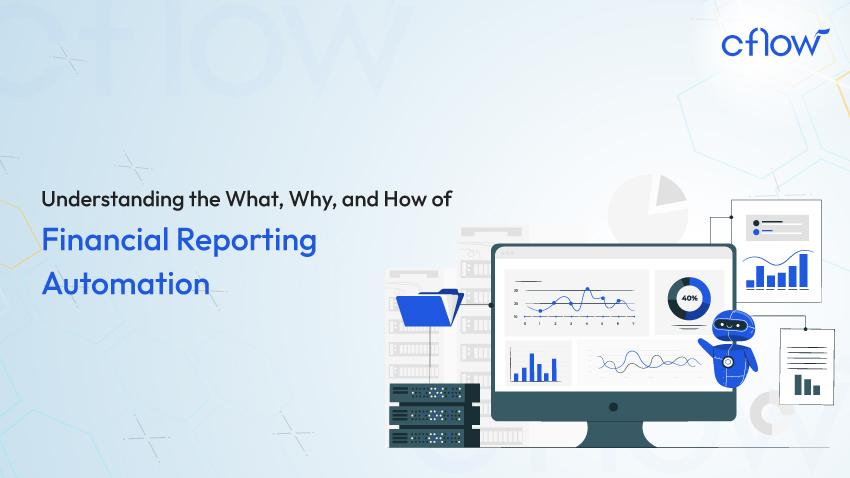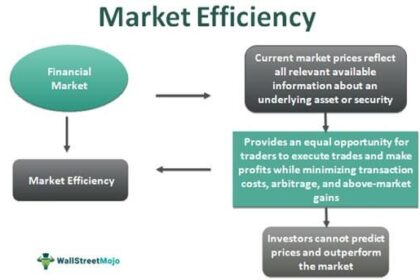In the fast-paced world of finance, the quest for efficiency and accuracy has never been more crucial. Enter automated financial reporting, a transformative approach that harnesses advanced technologies to streamline the process of data collection, analysis, and presentation. Gone are the days of manually sifting through stacks of spreadsheets and battling with endless formulas. Today, businesses are empowered by automation tools that not only reduce human error but also increase the speed and clarity of financial insights. As organizations strive to make timely, data-driven decisions in an increasingly complex market, automated financial reporting stands as a beacon of innovation, promising to redefine how financial information is generated and communicated. This article delves into the mechanics, benefits, and potential challenges of this evolving practice, uncovering how it shapes the future of finance for both enterprises and the professionals who navigate its waters.
Leveraging Technology for Streamlined Financial Insights
In today’s fast-paced business environment, the demand for real-time financial insights has never been greater. Embracing advanced technology can drastically reduce the manual labor involved in financial reporting, leading to quicker and more accurate results. By automating key processes, organizations can focus on strategic analysis instead of getting bogged down in spreadsheets and data entry. Key advantages of automated systems include:
- Increased Accuracy: Minimizing human error through automated calculations.
- Time Efficiency: Rapid generation of reports that allow for timely decision-making.
- Data Integration: Seamless aggregation of financial data from multiple sources.
Innovative tools also enable customizable reporting tailored to specific stakeholder needs. By leveraging advanced analytics and intuitive dashboards, companies can visualize their financial health and trends over time. It’s essential, however, to select platforms that not only offer automation but also ensure compliance and data security. Below is a comparison of popular automated reporting tools, highlighting their unique features:
| Tool | Key Feature | Best For |
|---|---|---|
| QuickBooks | Real-time tracking of expenses | Small businesses |
| Tableau | Advanced data visualization | Data analysts |
| FreshBooks | Automated invoicing | Freelancers |
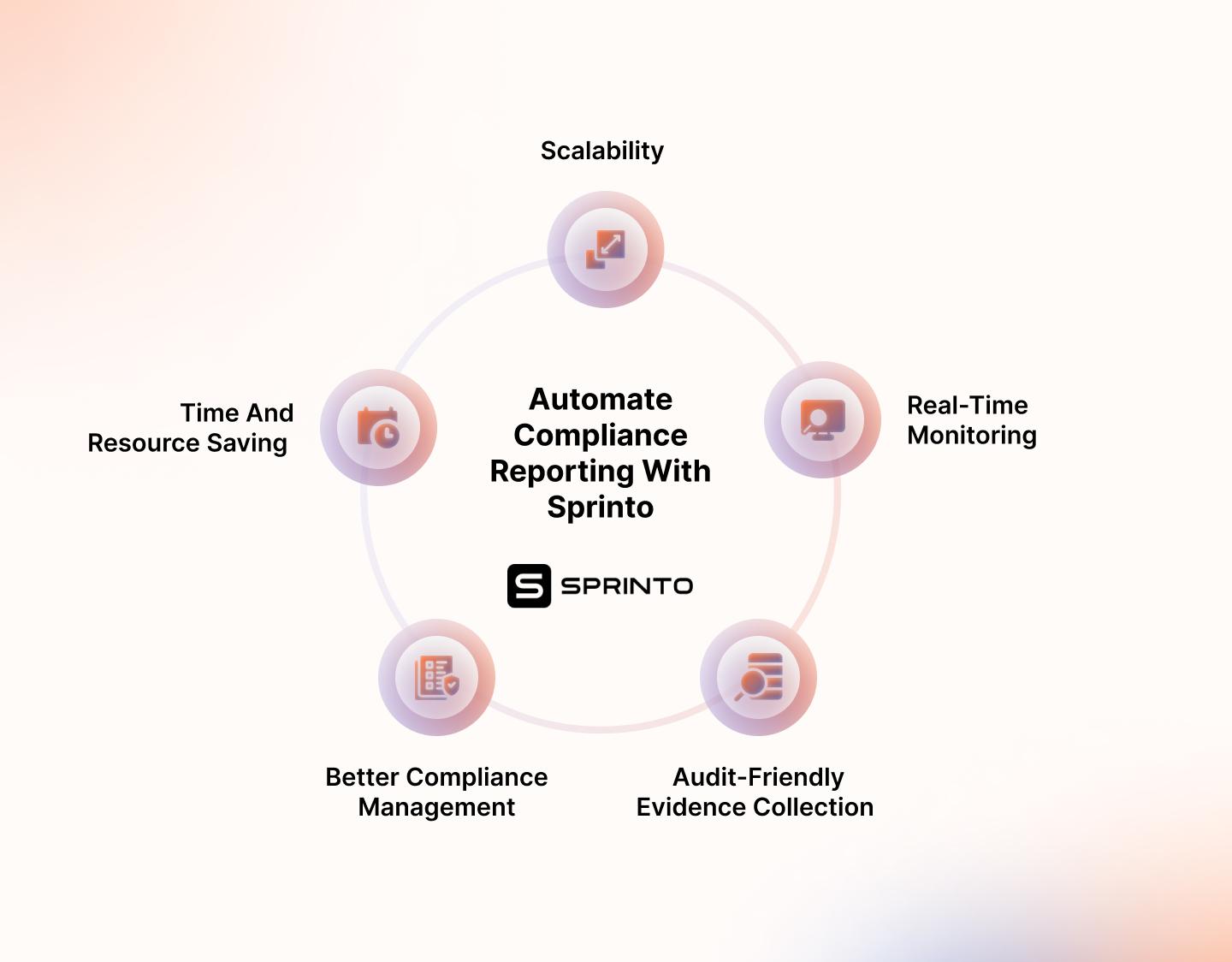
Navigating Compliance and Accuracy in Automated Reporting
As organizations embrace technological advancements, ensuring compliance in automated financial reporting becomes essential. The integration of automated tools can reduce human error and enhance data accuracy, but it also presents challenges that need careful navigation. Key aspects of compliance to consider include:
- Data Integrity: Maintaining the accuracy and consistency of financial data throughout the reporting process.
- Regulatory Requirements: Adhering to diverse local and international financial regulations, such as GAAP and IFRS.
- Audit Trails: Implementing systems that can provide clear records of all automated processes for audit purposes.
Moreover, organizations must prioritize accuracy to build trust in their financial reports. Leveraging advanced analytics and machine learning within reporting systems can facilitate smarter decision-making and risk management. Consider the following strategies to enhance accuracy:
| Strategy | Description |
|---|---|
| Data Validation | Regularly verify data inputs using automated checks to reduce discrepancies. |
| Continuous Monitoring | Implement real-time monitoring systems to catch and correct anomalies swiftly. |
| Stakeholder Training | Provide training for staff on compliance standards and the use of automated tools. |
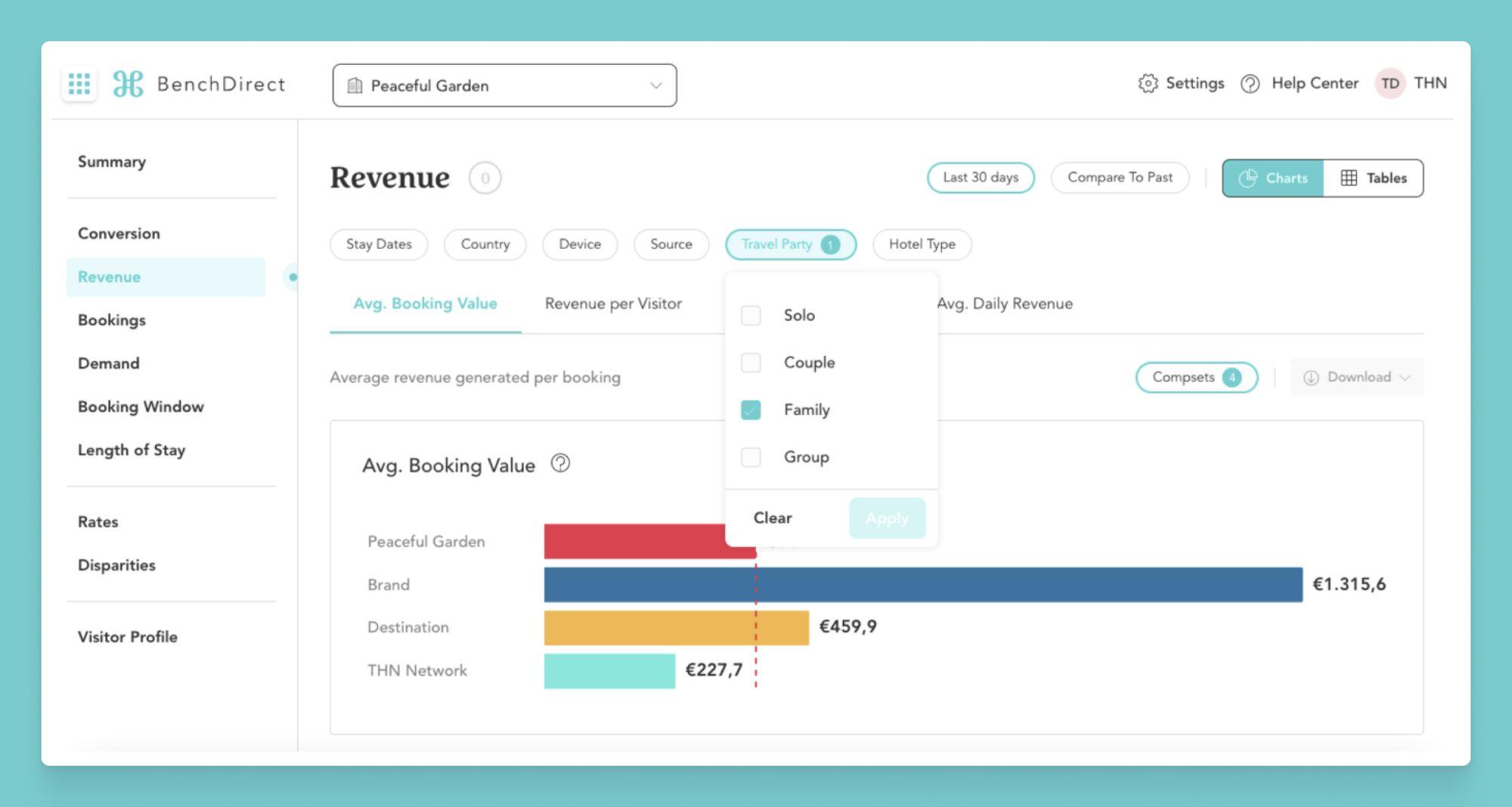
Enhancing Decision-Making through Real-Time Data Analysis
In today’s fast-paced business landscape, organizations that leverage real-time data analysis can make informed decisions swiftly and accurately. Automated financial reporting systems harness the power of technology to provide live updates on key performance indicators, enabling executives to quickly assess their financial health. By integrating dynamic data streams, these systems promote a culture of proactive decision-making where stakeholders can:
- Identify trends that influence financial performance.
- Monitor variances from budget forecasts efficiently.
- Enhance transparency through instant access to financial metrics.
The result is not just mere numbers; it’s actionable intelligence that drives strategic initiatives. For instance, organizations can utilize dashboards that visualize financial data in real-time, allowing them to respond to market fluctuations with agility. Below is a simple table highlighting how automated reporting enhances operational efficiency:
| Feature | Benefit |
|---|---|
| Real-Time Analytics | Immediate insights for faster decision-making |
| Customizable Reports | Tailored views for specific stakeholder needs |
| Automated Alerts | Proactive notification of significant changes |
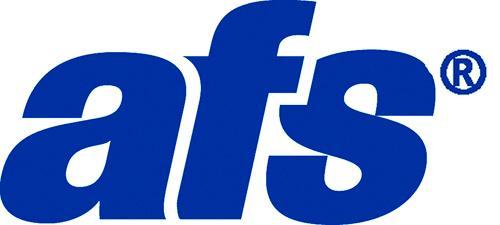
Best Practices for Implementing Automated Financial Systems
Emphasizing clarity and consistency is vital when adopting automated financial systems. One of the top priorities should be ensuring that all stakeholders understand the new processes and tools. This can be achieved by providing comprehensive training sessions and ongoing support. Clear documentation outlining how to use the system, along with best practice guidelines, can significantly enhance user confidence and competence. Encouraging an open feedback loop allows employees to voice their concerns or suggestions, fostering a culture of collaboration and continuous improvement.
Furthermore, prioritizing data integrity and security cannot be overstated. Organizations should implement strict access controls and data validation procedures to safeguard sensitive financial information. Regular audits and maintenance of the automated systems are essential to identify any issues or discrepancies early on. Additionally, it’s beneficial to establish a disaster recovery plan that outlines how to manage data recovery in case of a system failure. Below is a brief overview of essential aspects to consider:
| Best Practices | Description |
|---|---|
| User Training | Comprehensive sessions to familiarize staff with new tools. |
| Documentation | Guidelines and manuals to aid users in navigating the system. |
| Data Security | Implementing strong access controls and validation checks. |
| Regular Audits | Periodic evaluations to ensure data integrity and system reliability. |
| Disaster Recovery Plan | Strategies for quick data recovery in case of system failures. |
To Conclude
the rise of automated financial reporting heralds a new era of efficiency and accuracy in the realm of finance. As businesses continue to navigate an increasingly complex economic landscape, embracing these innovative solutions can empower them to make more informed decisions and enhance their strategic planning. The seamless integration of technology into financial reporting not only minimizes human error but also frees up valuable time for professionals to focus on deeper analysis and value-added tasks. As we stand on the cusp of this transformative shift, organizations that harness the potential of automation will likely find themselves better equipped to thrive in an ever-evolving market. The future of financial reporting is here – and it’s automated.


